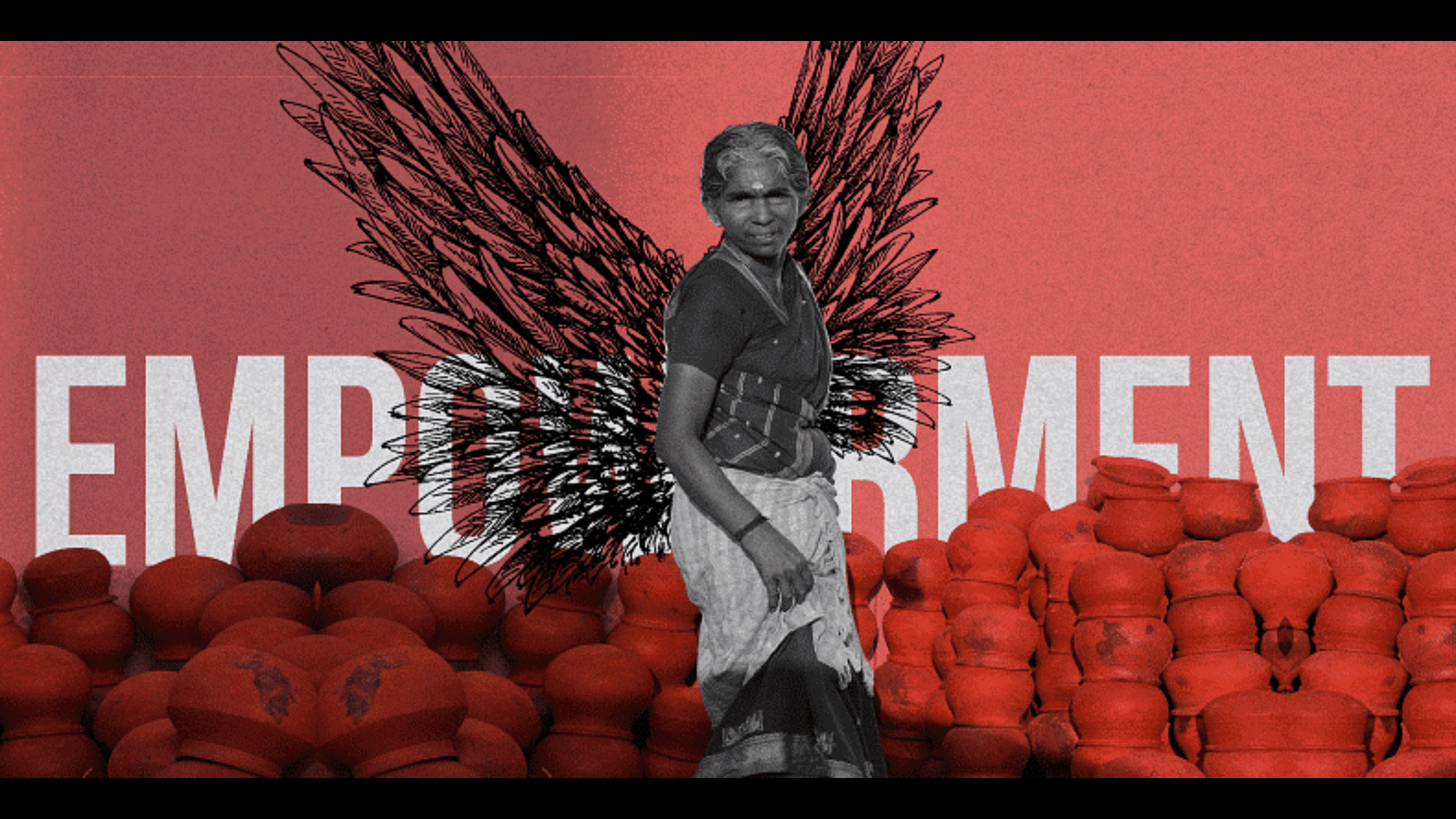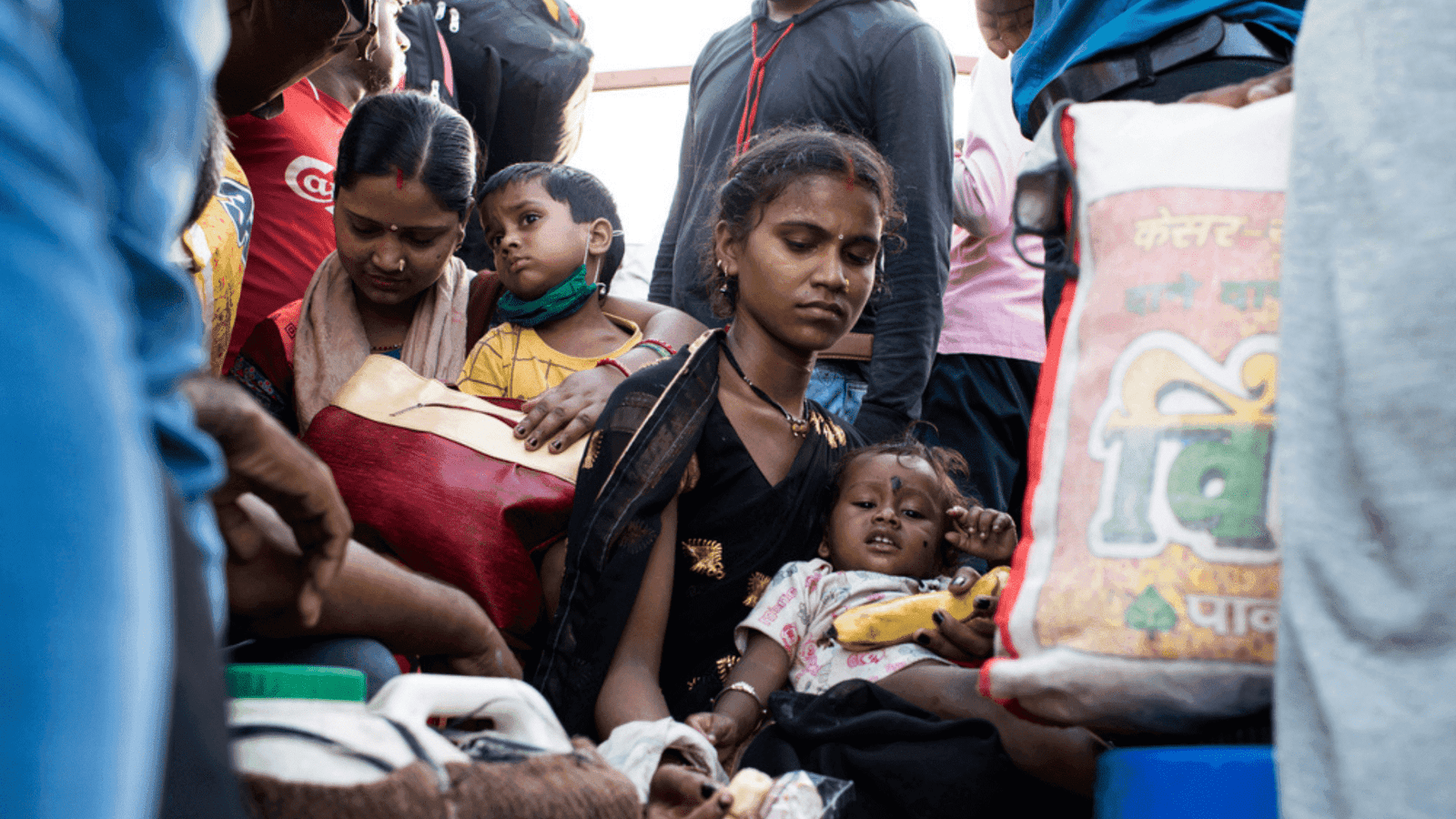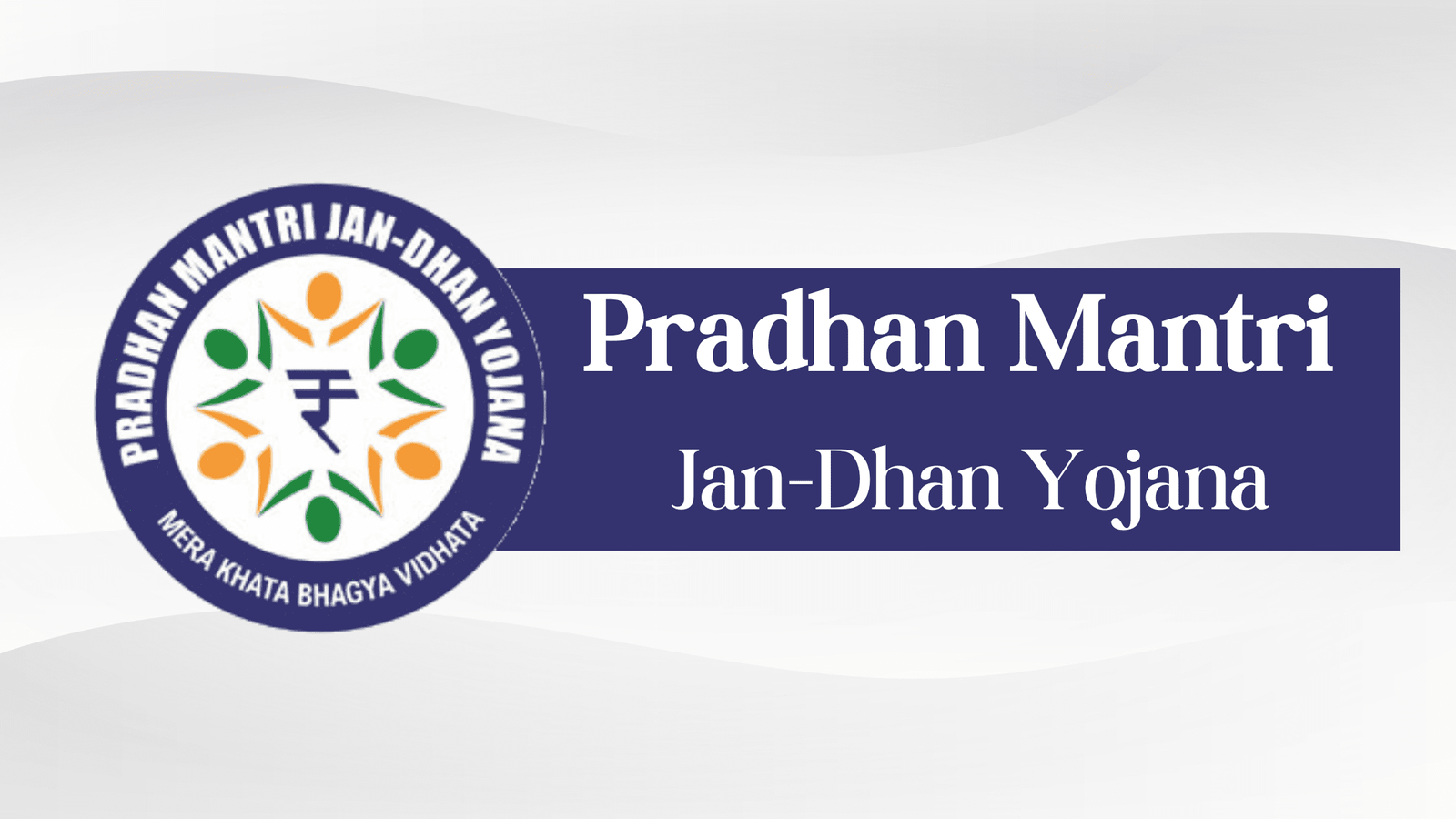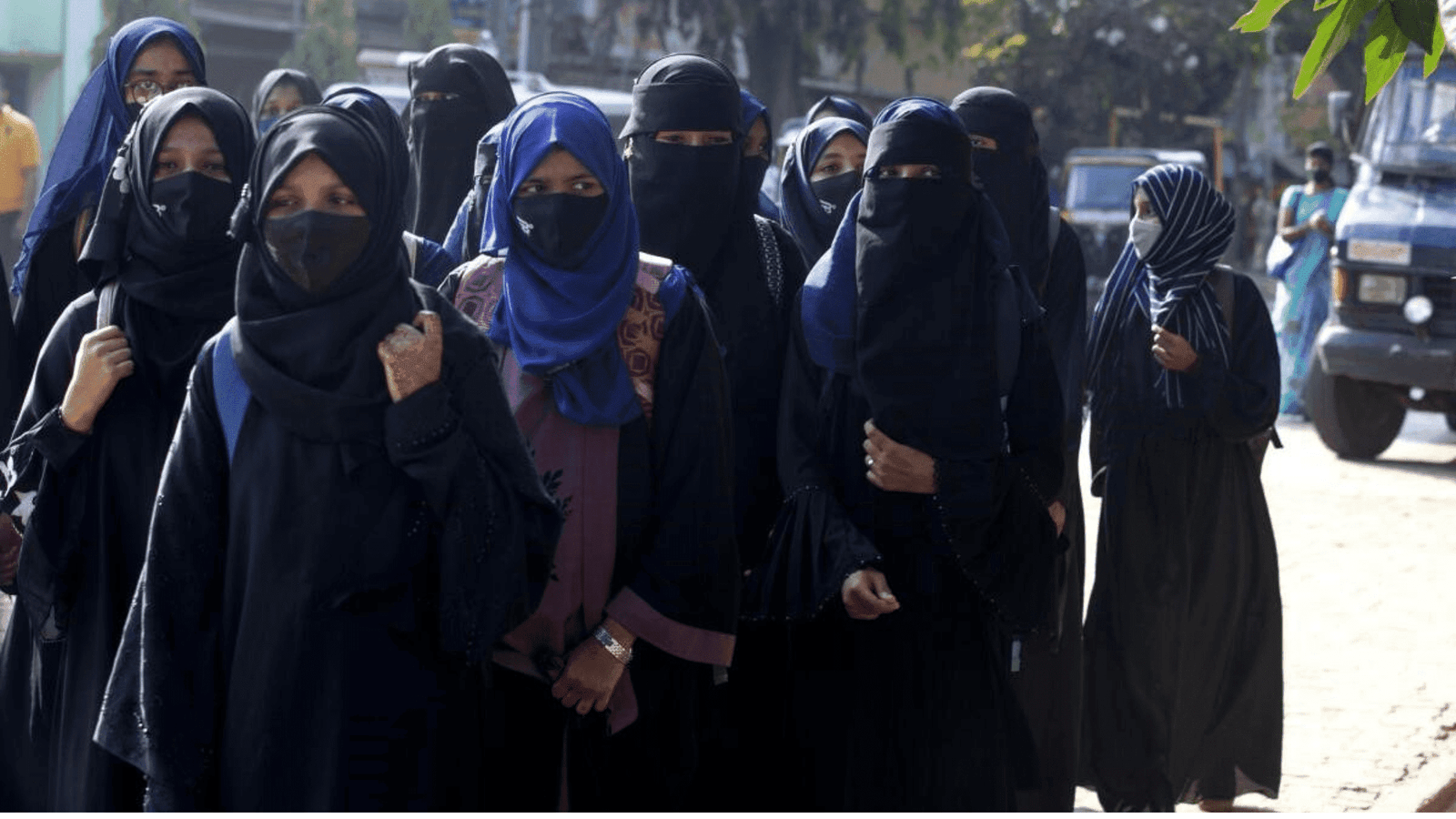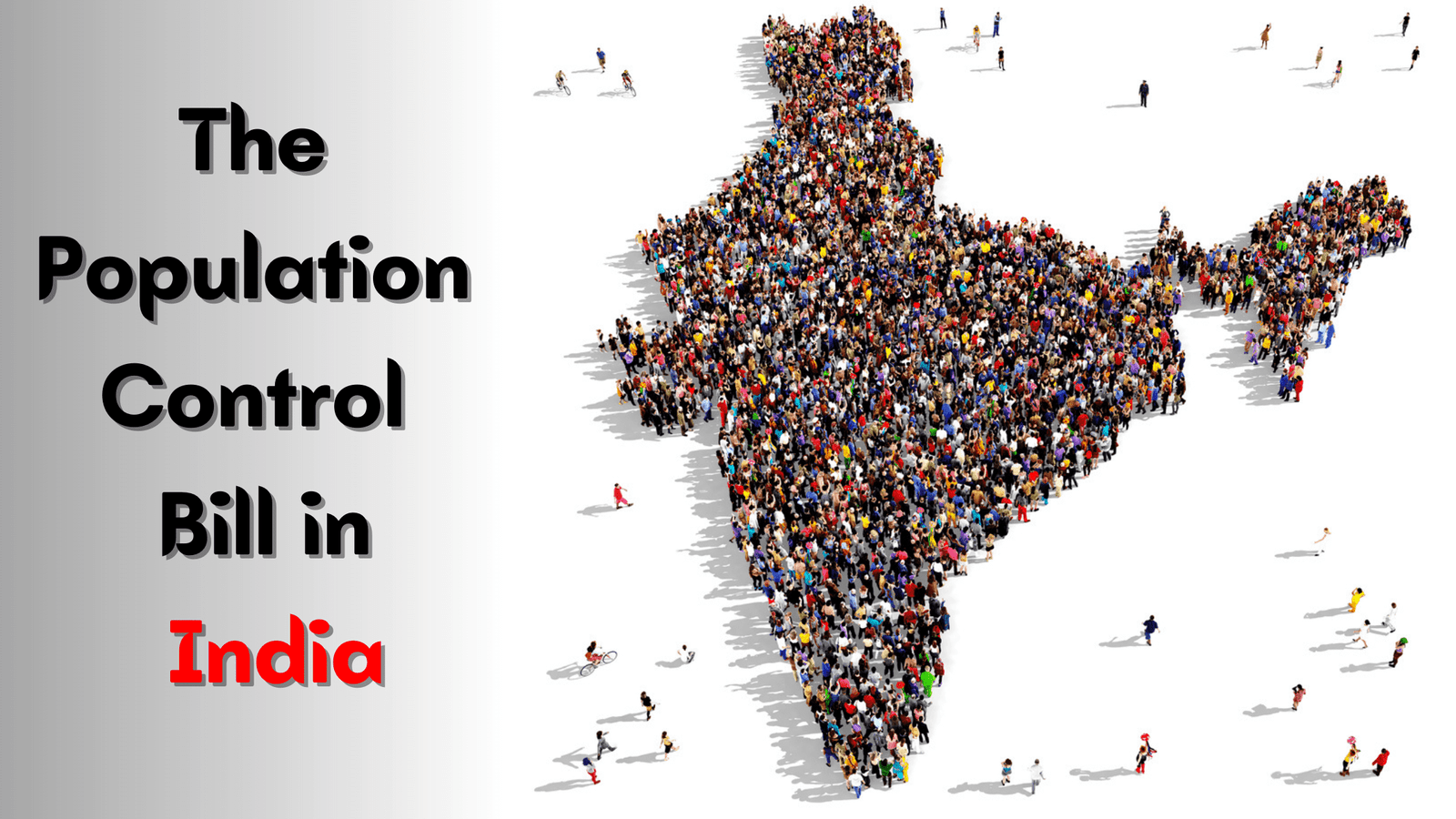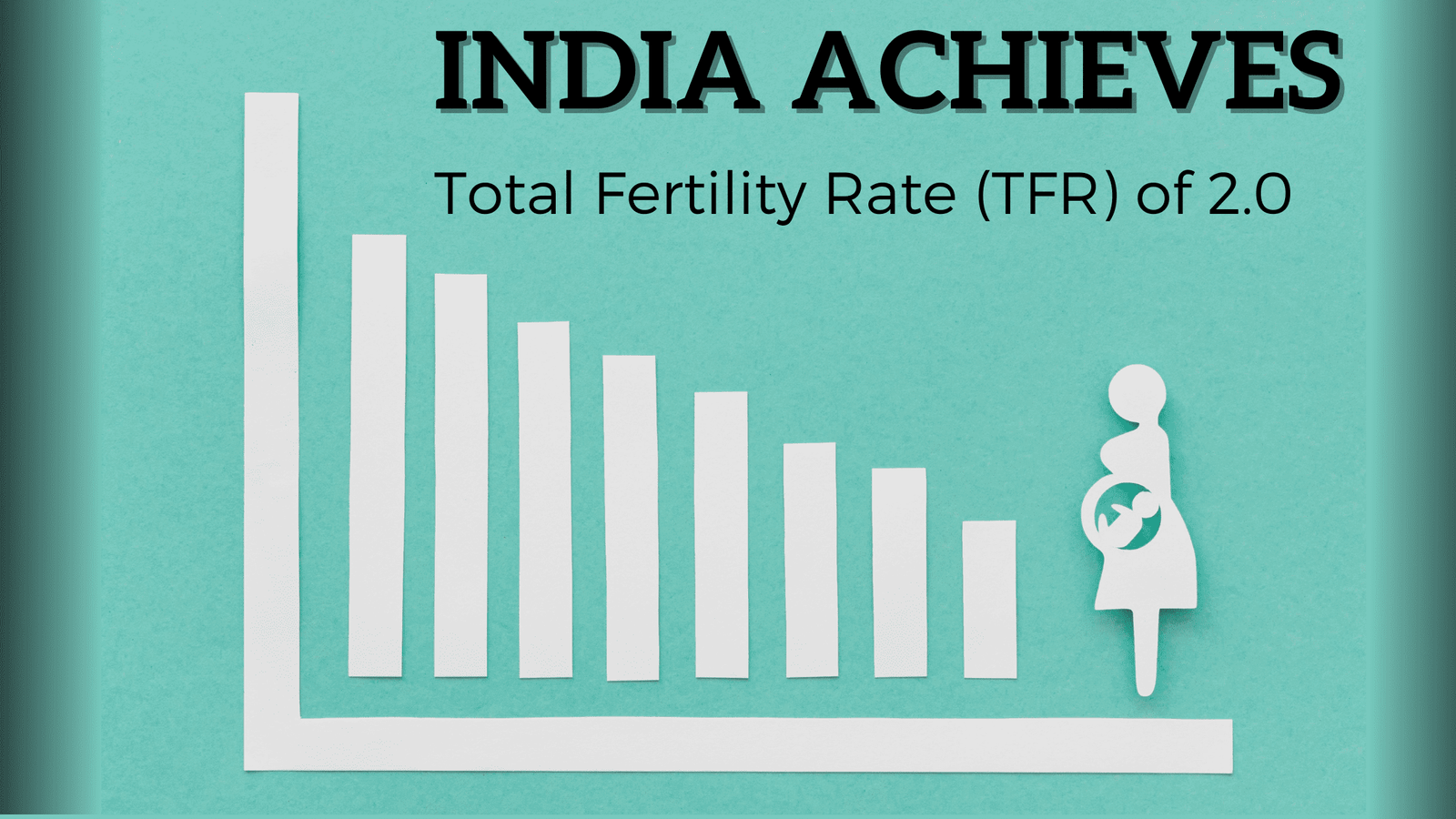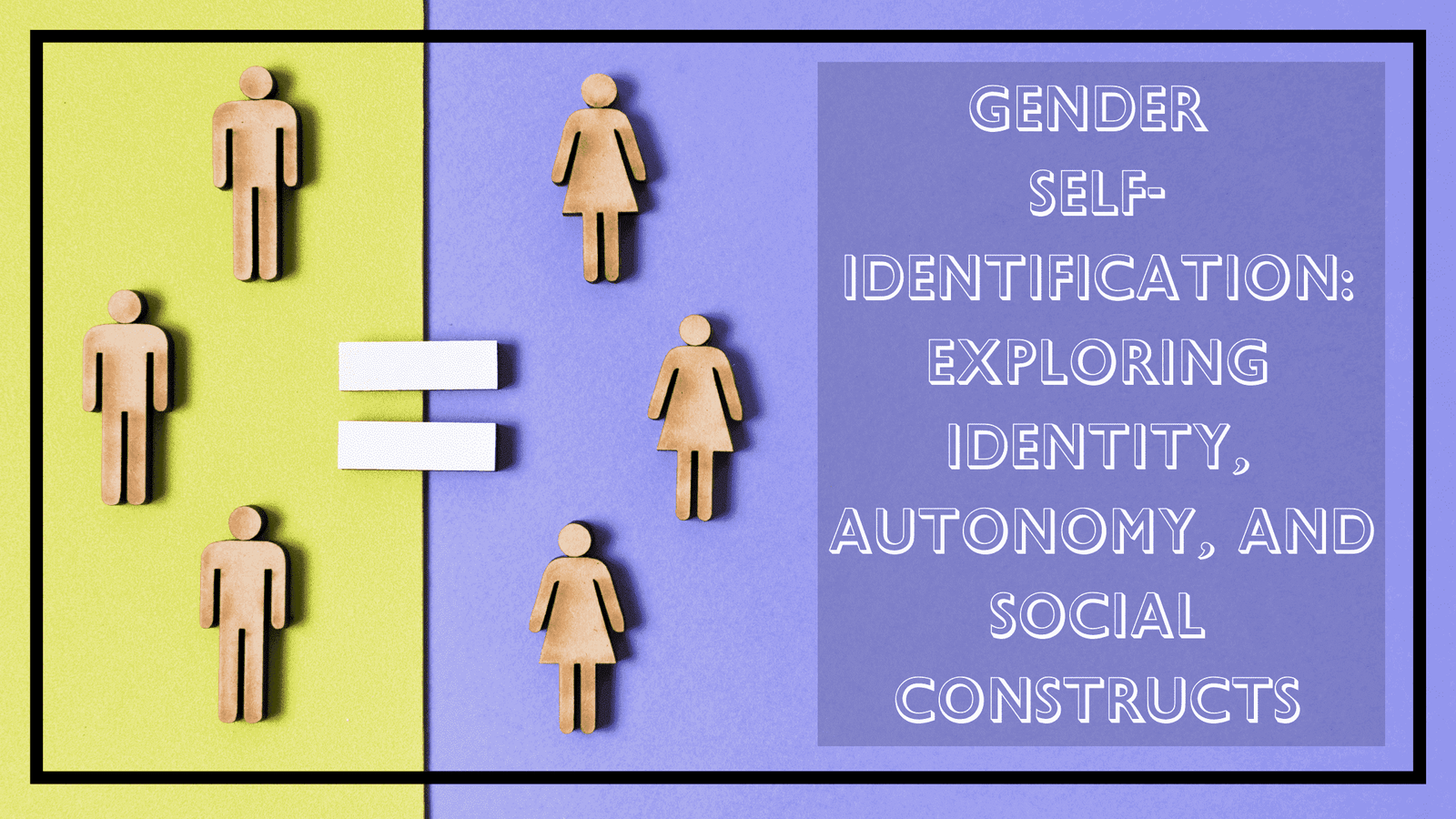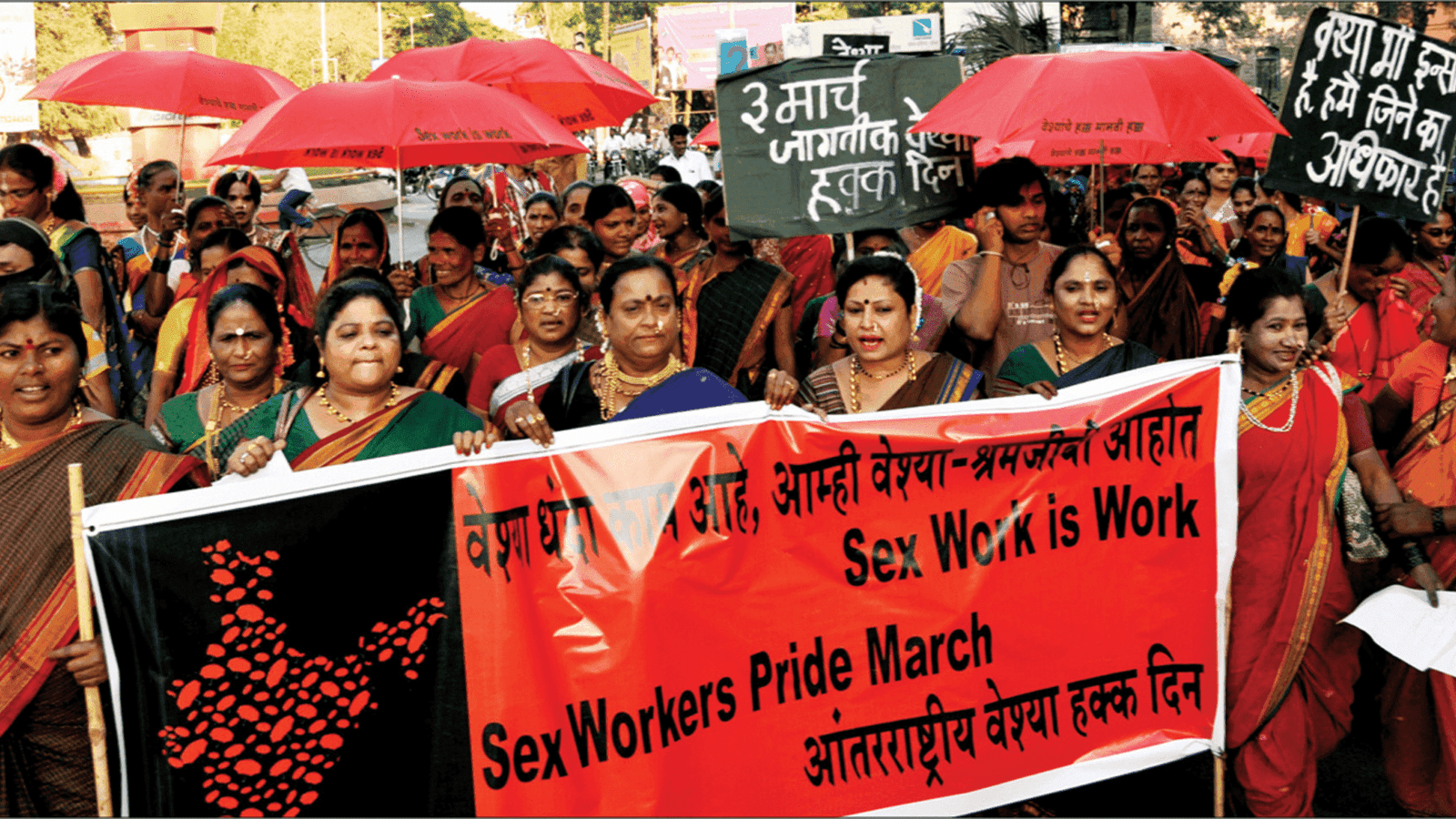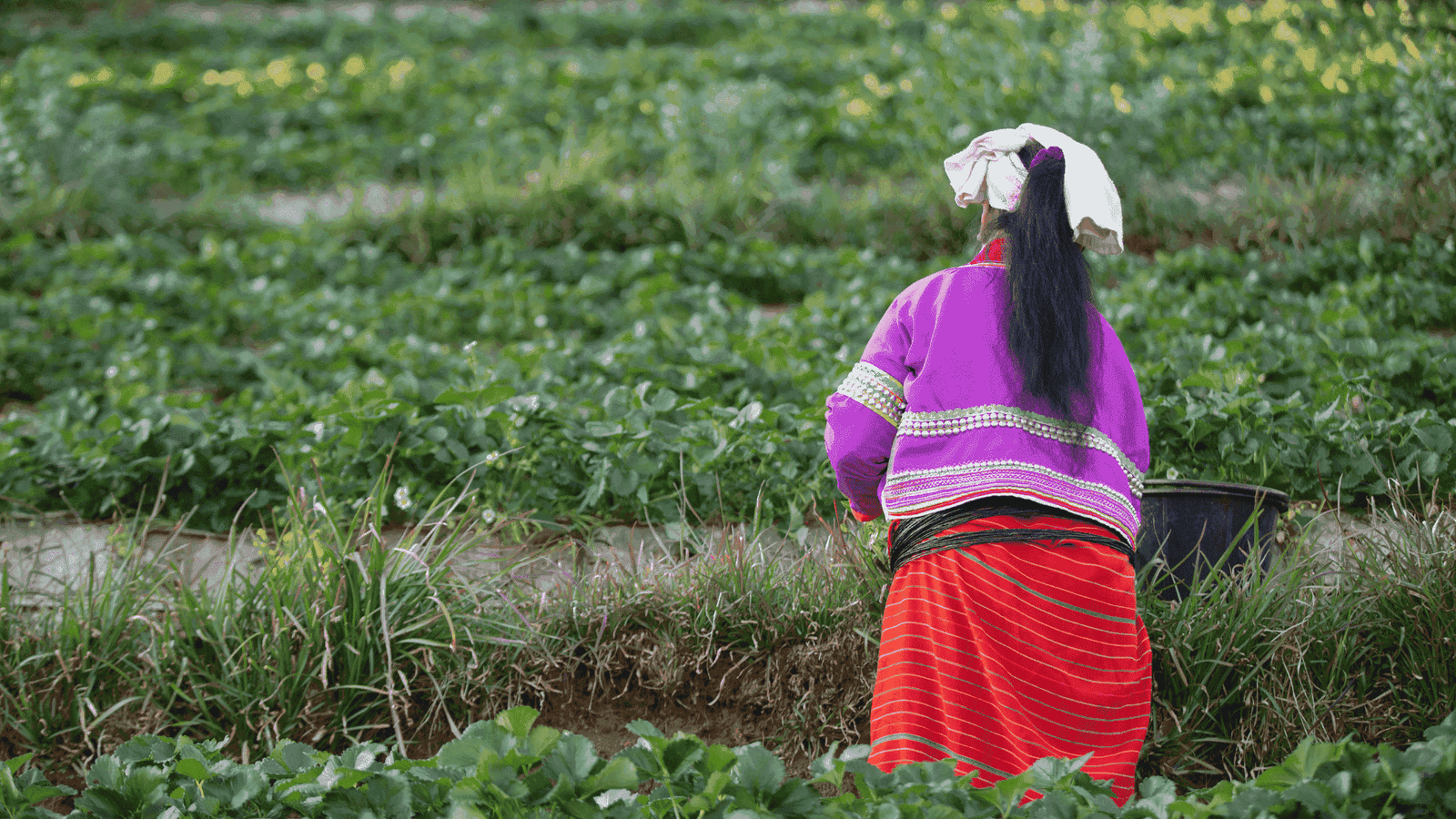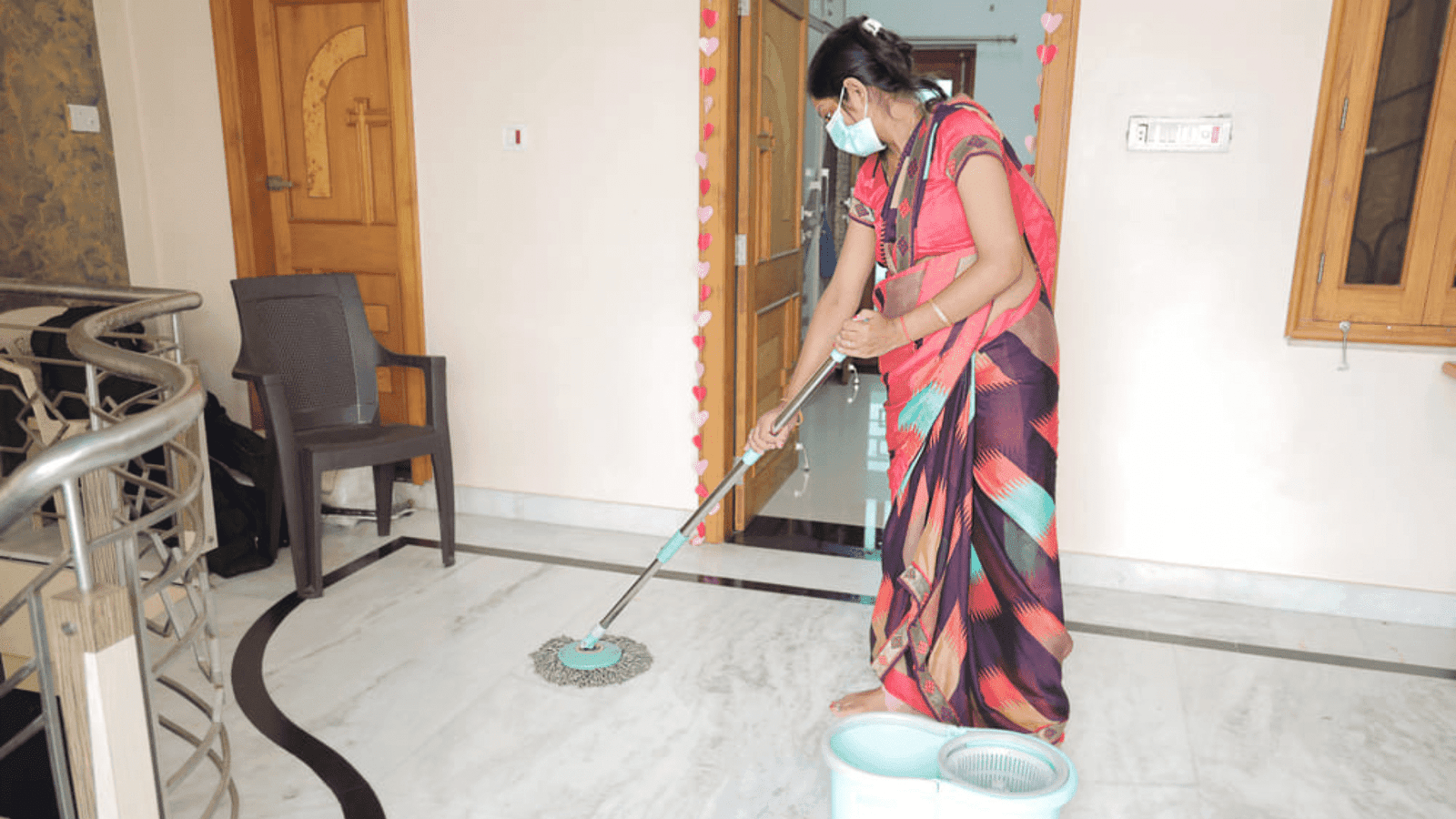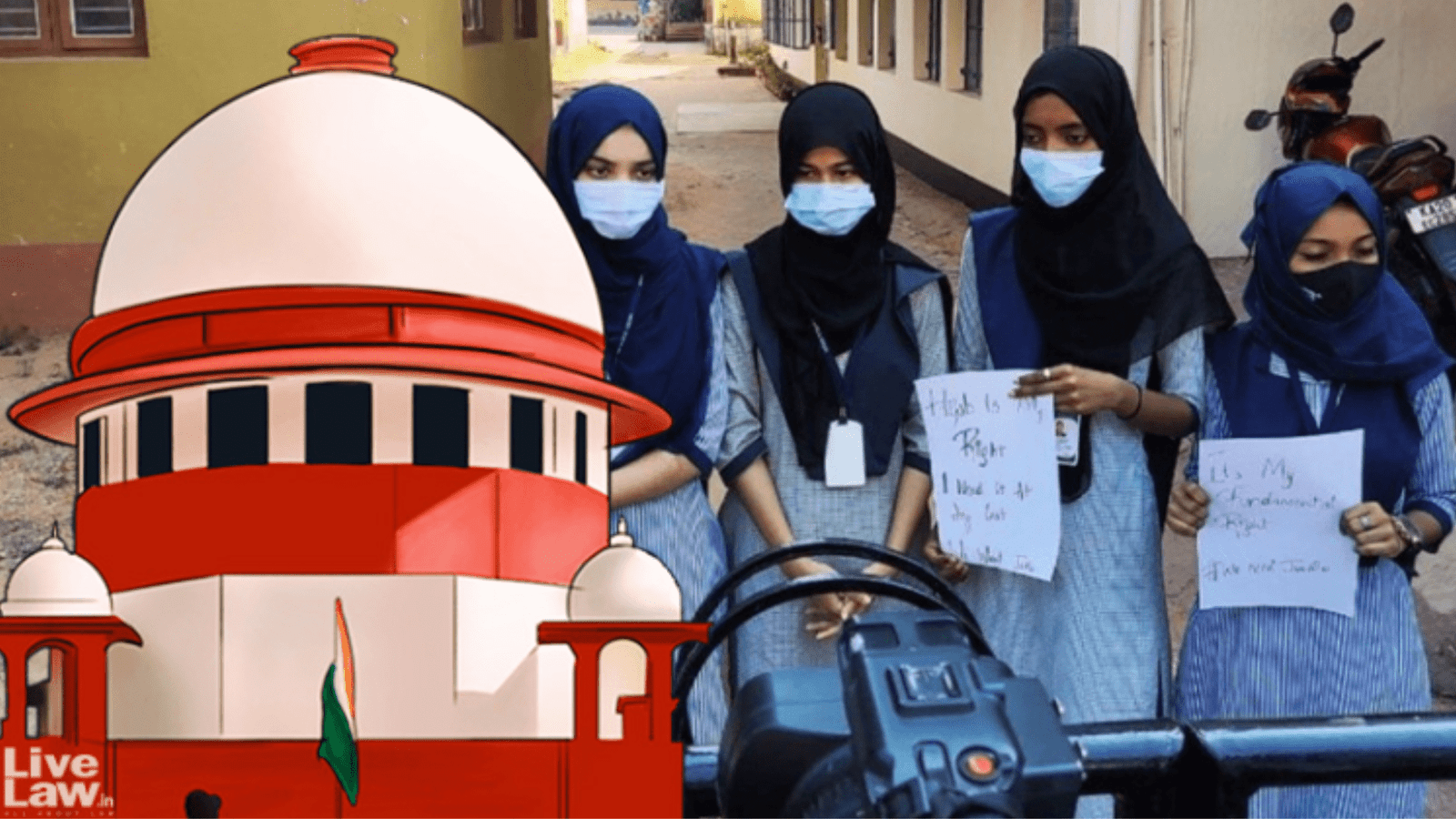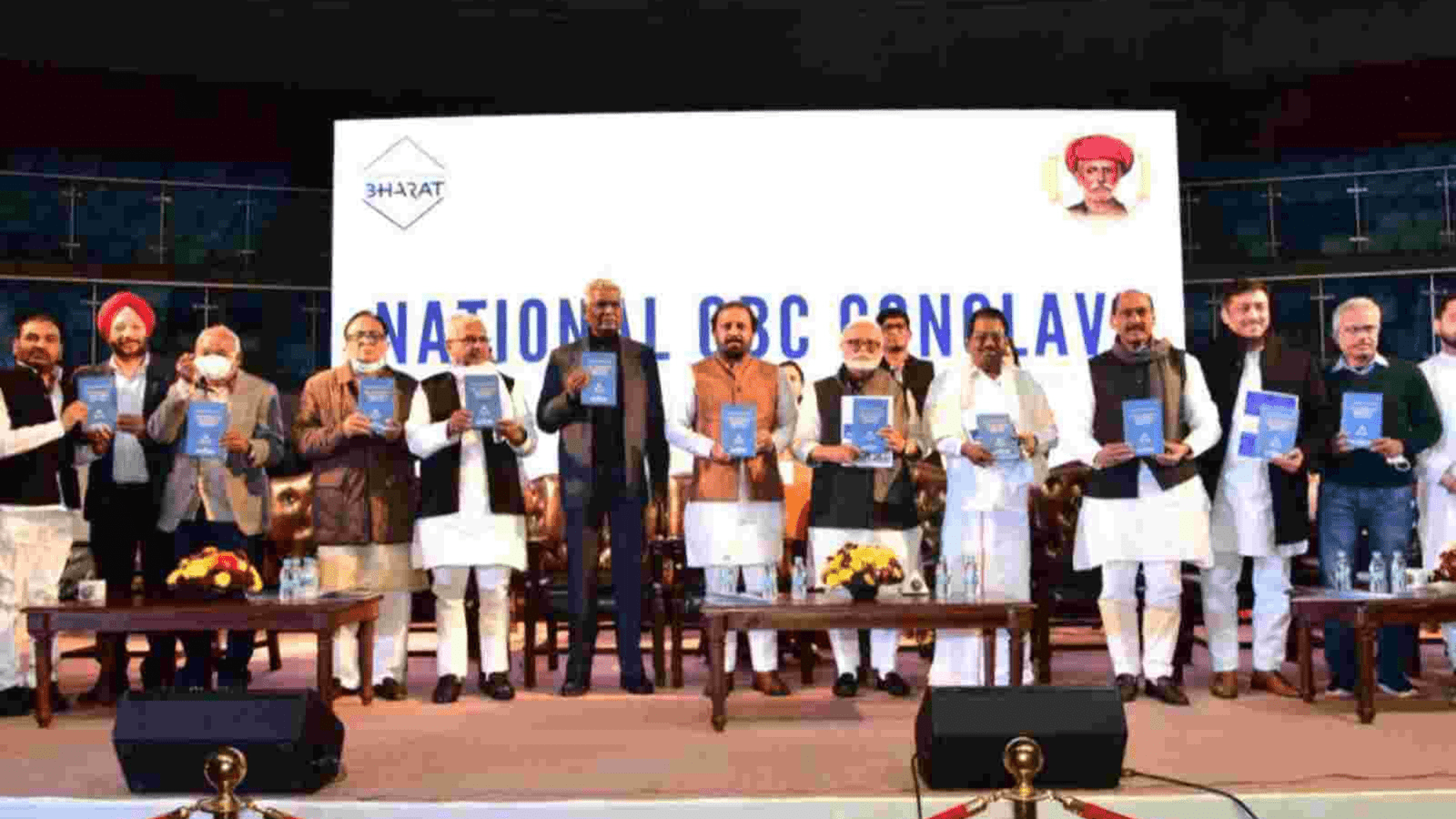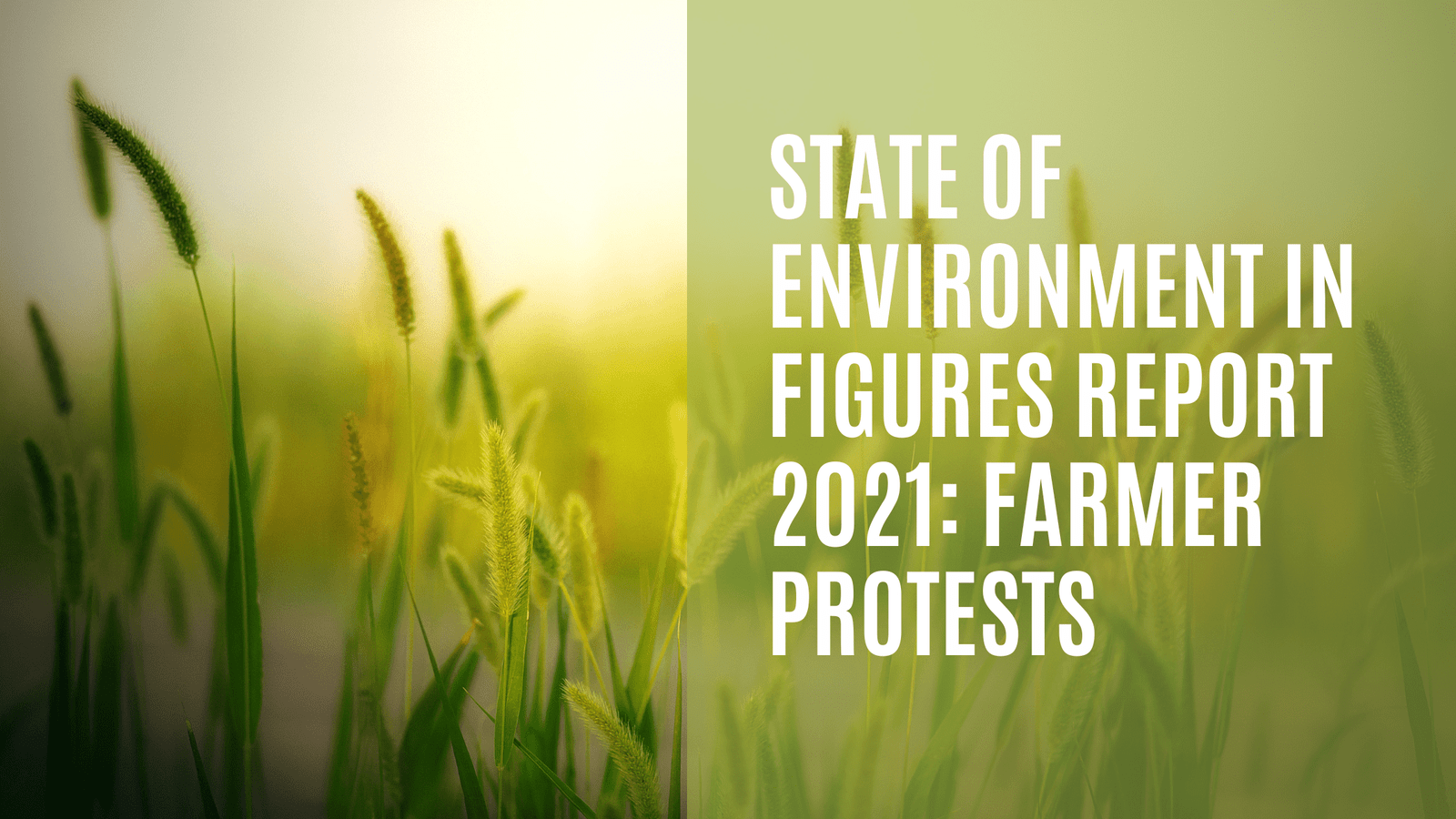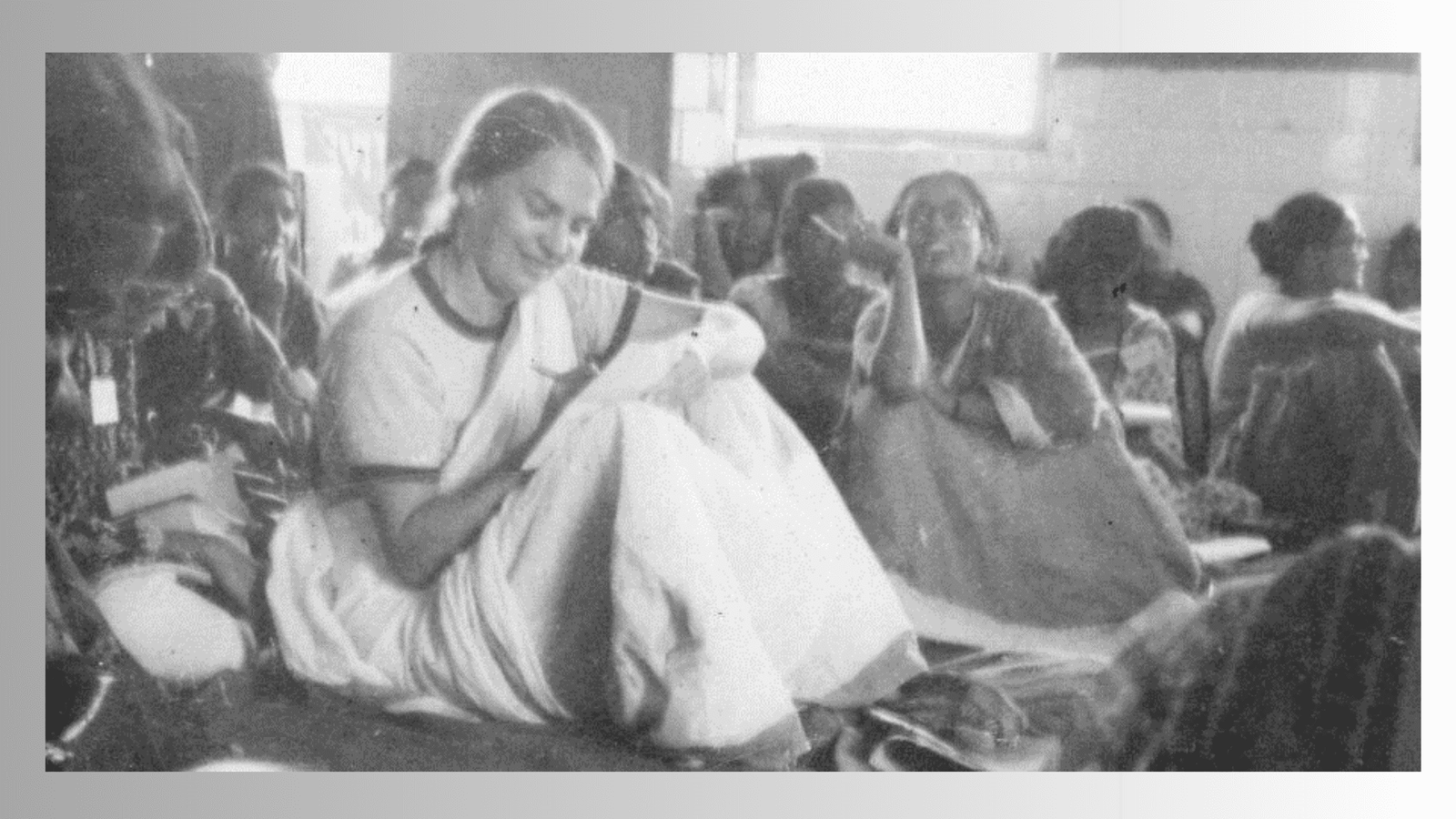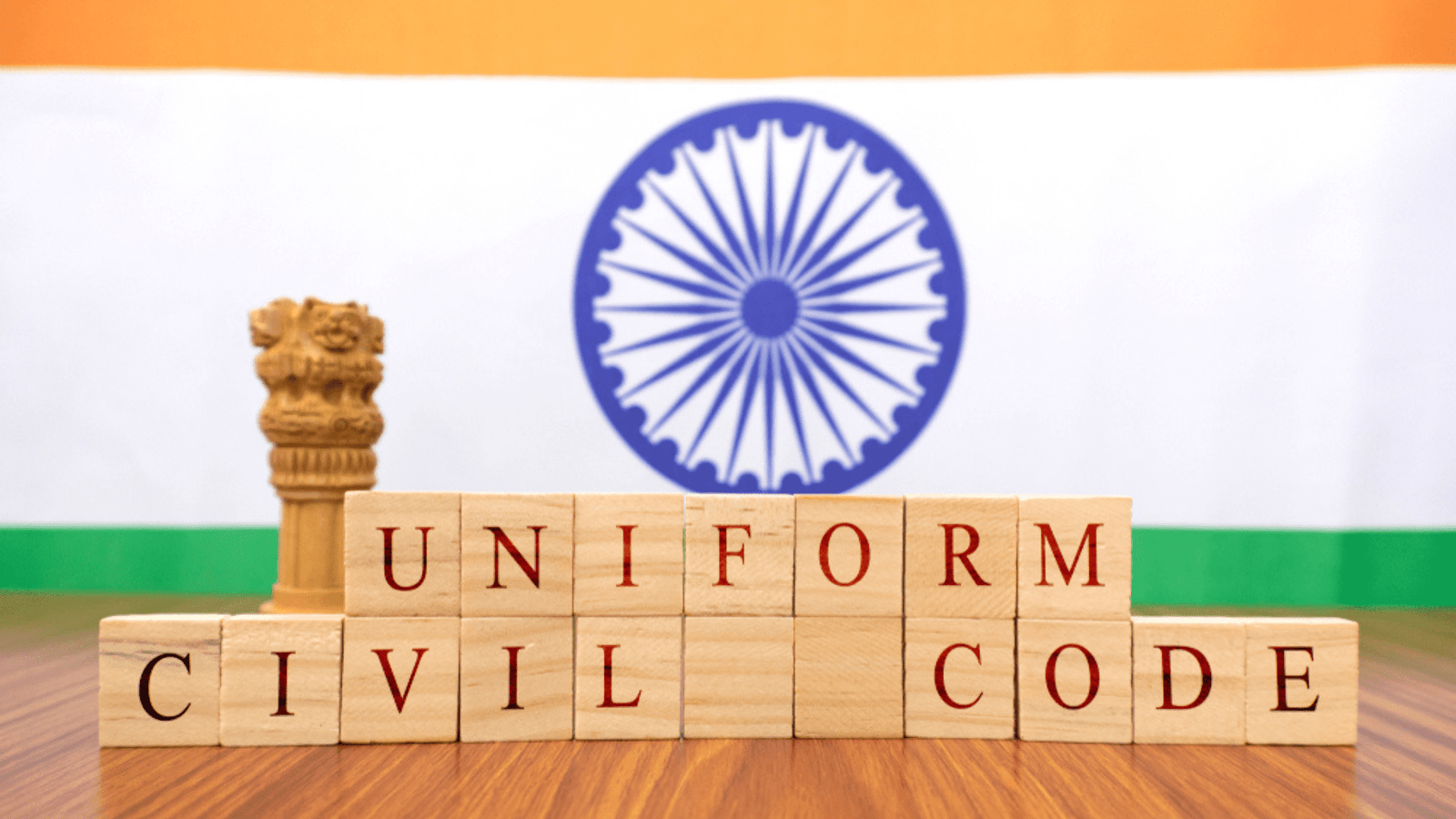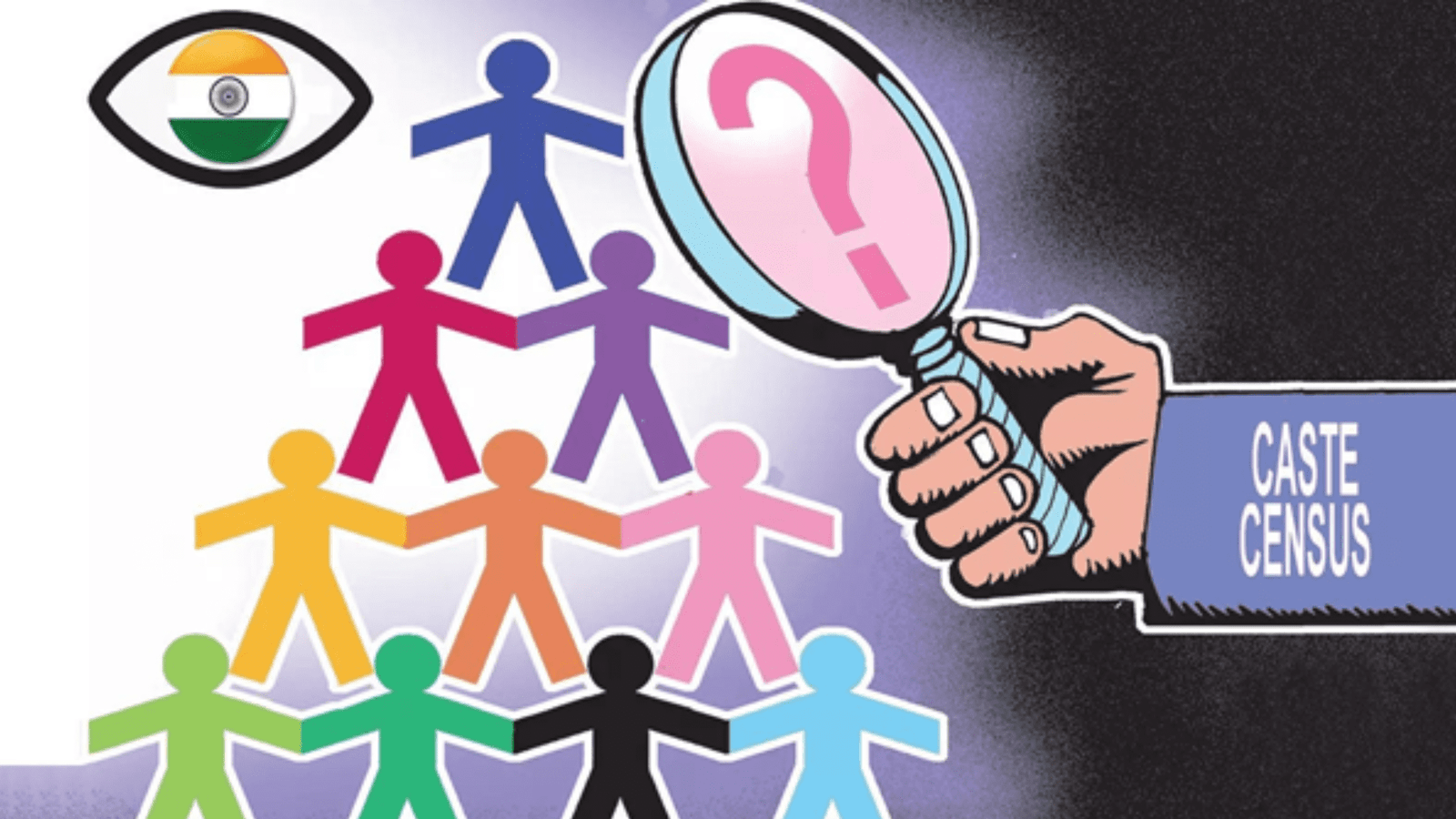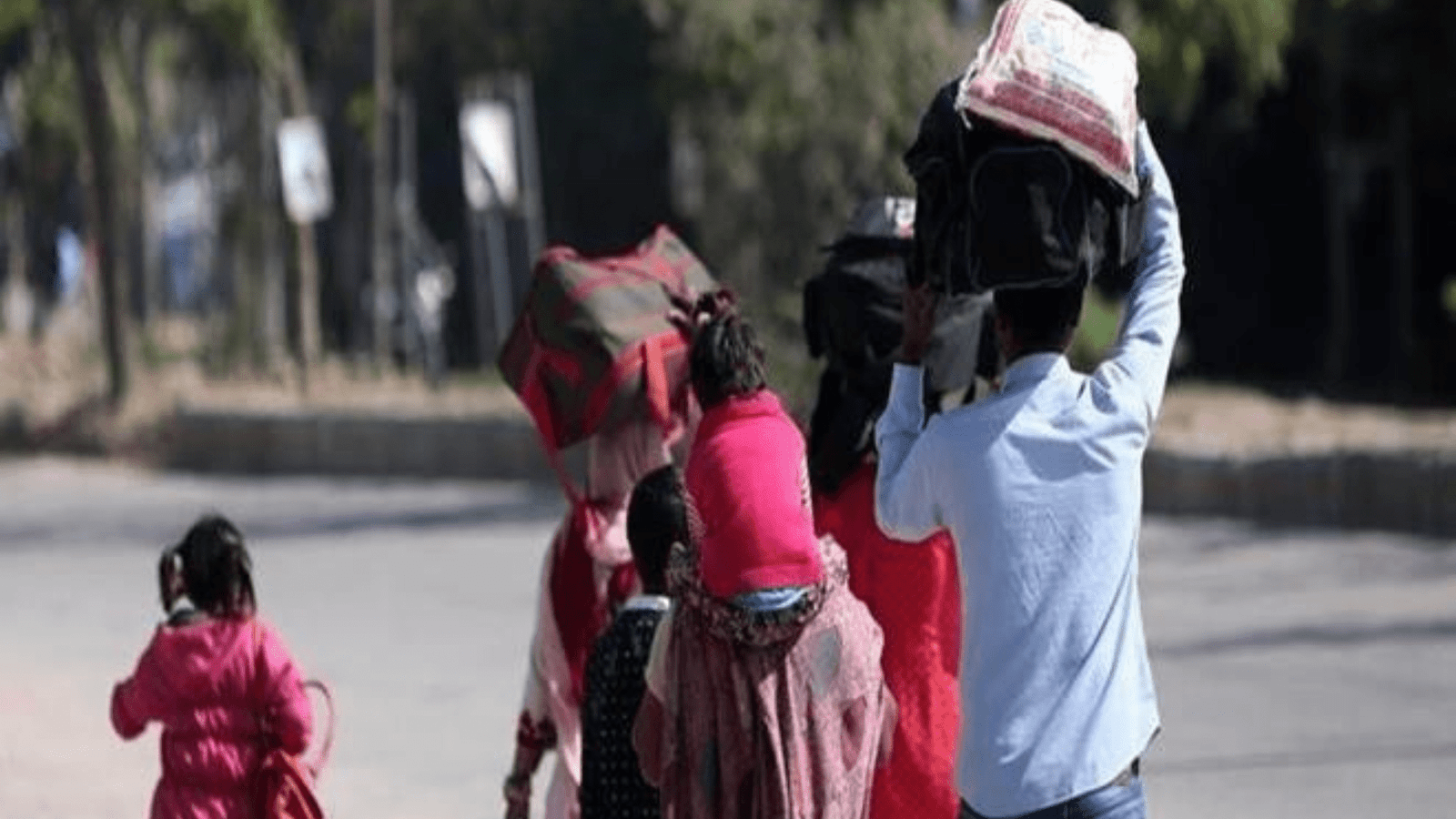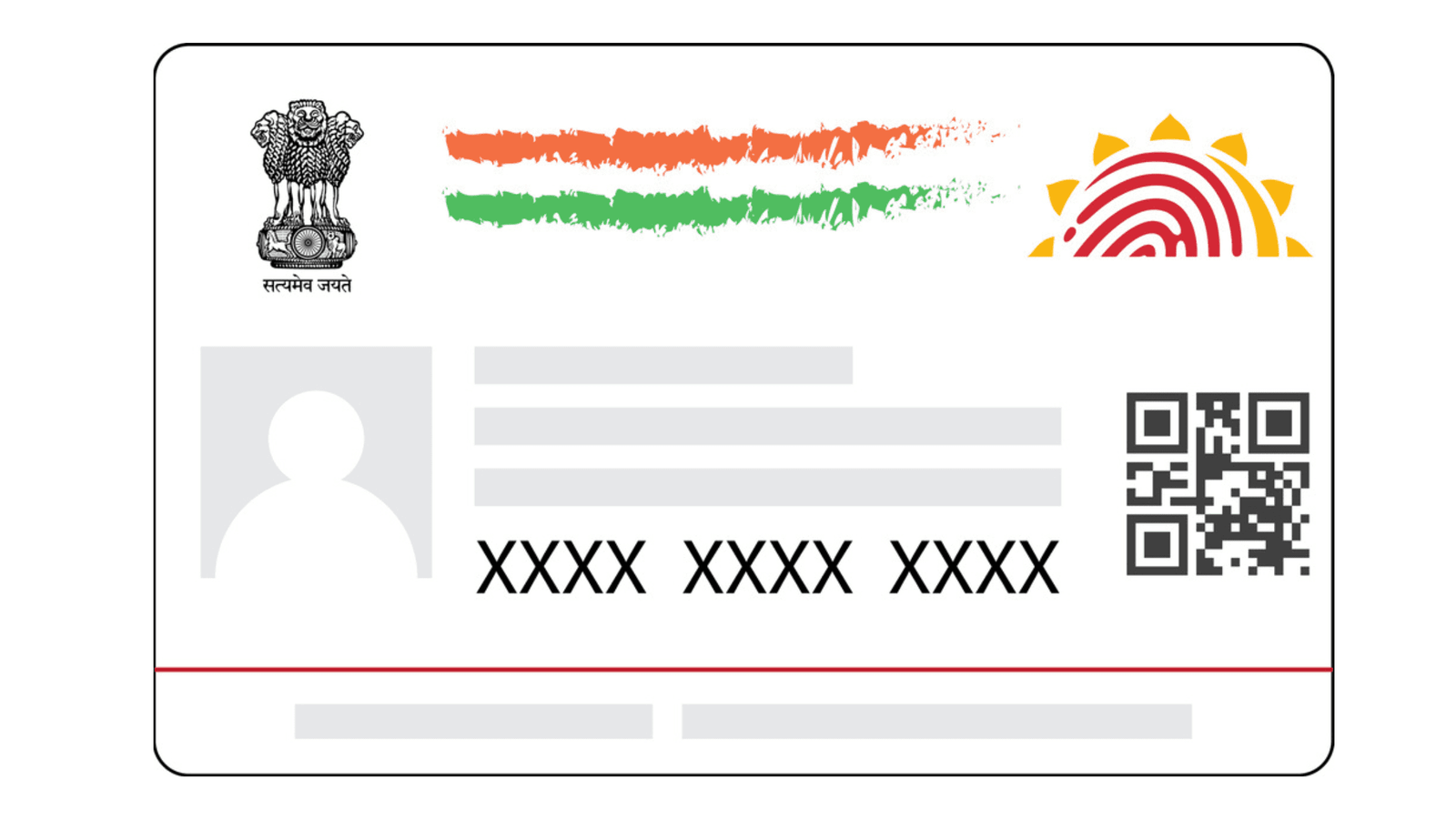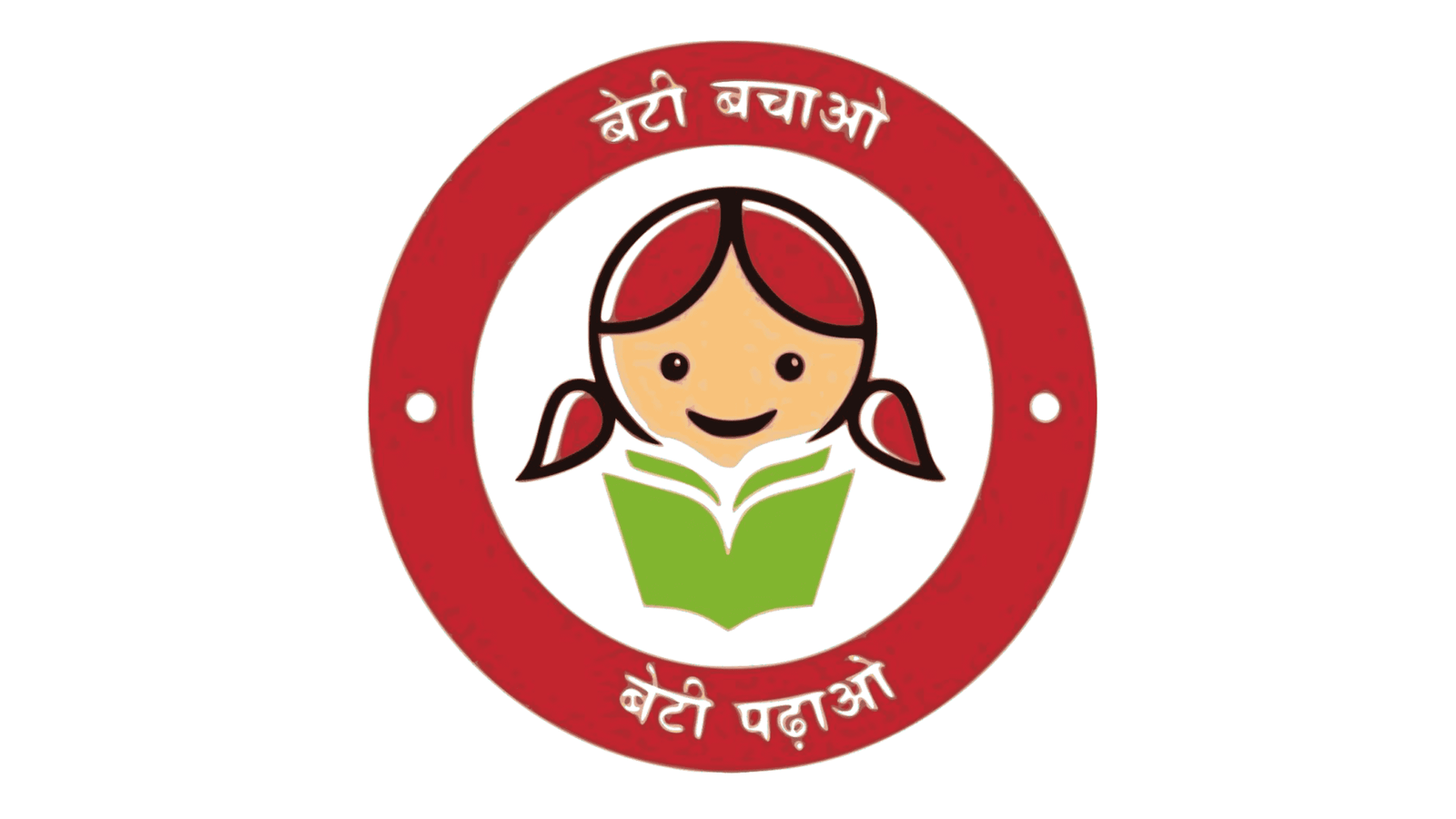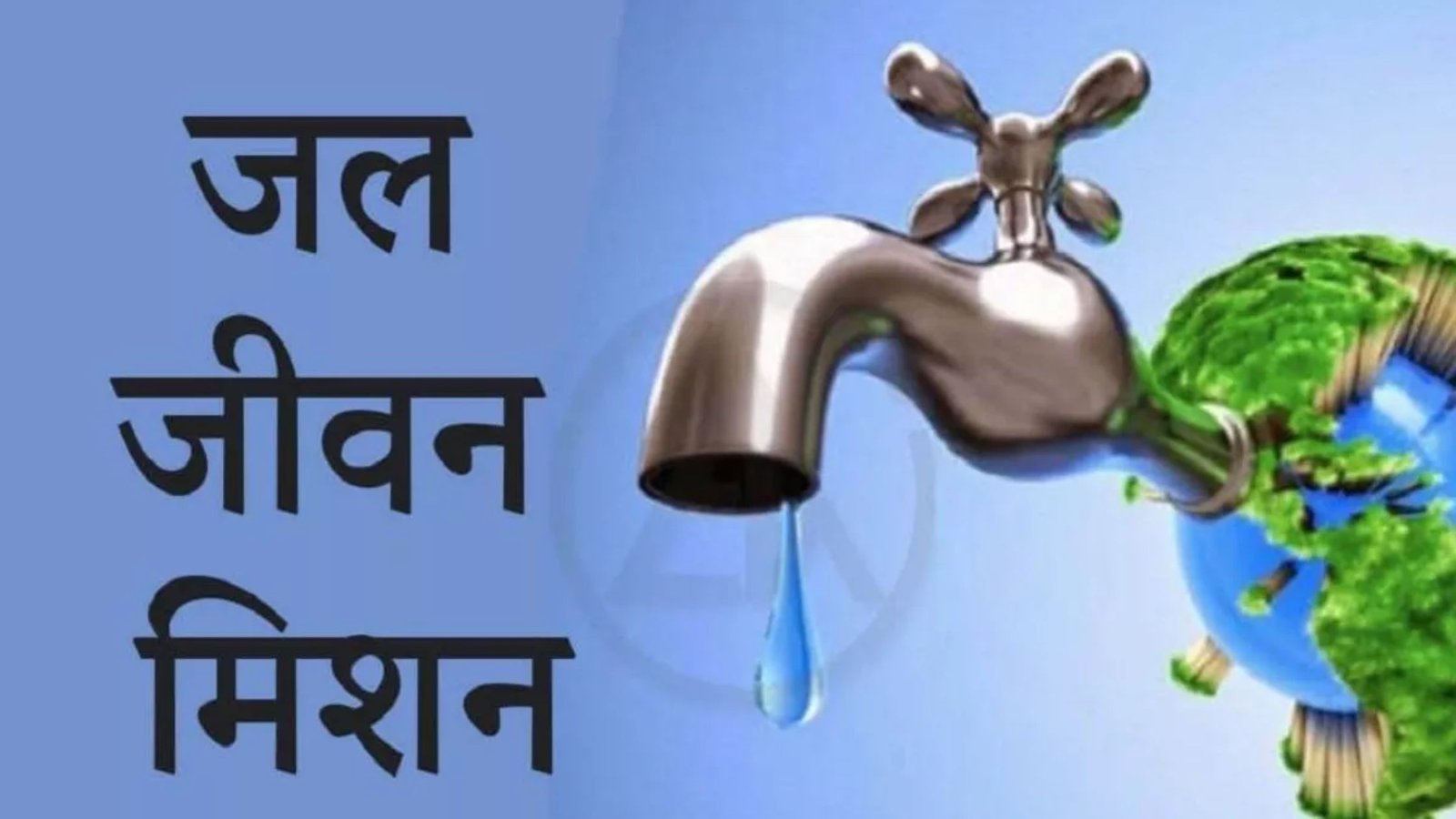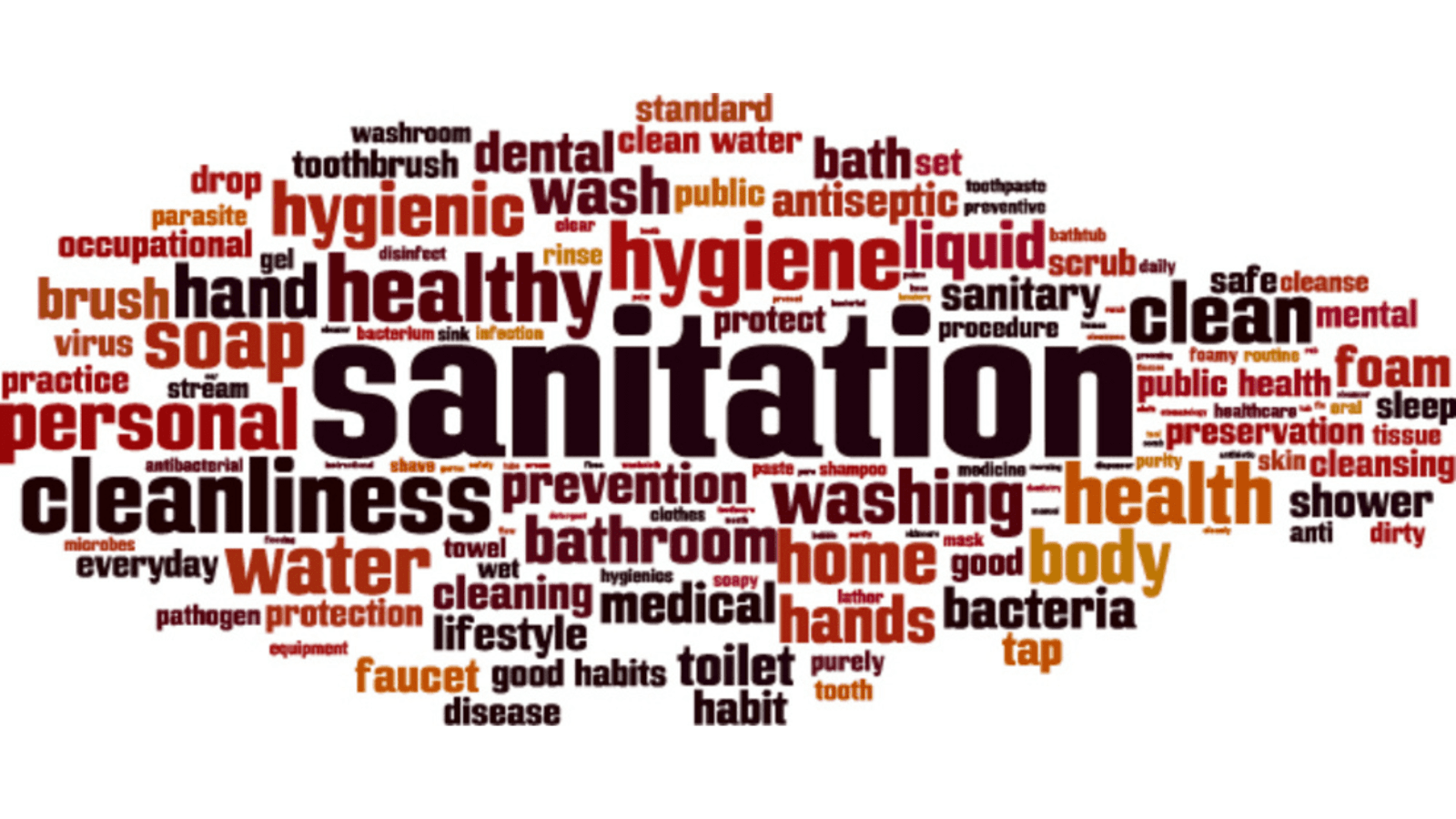
The findings indicate the need for reinforcing behavioural change in sanitation habits Over the years, the National Family Health Surveys (NFHS) have evolved into a major source of data, producing a vast array of indicators on the demographic, health, nutrition and socio-economic status of people. The technical and resource support provided by national and international agencies enables NFHS to be ambitious in its coverage of topics and attempts to satisfy the expectations of all stakeholders. The recently conducted NFHS-5 (2019-20) gathered information from around 6.4 lakh households. This is much beyond what the NSSO or any other national survey usually covers. With such a large sample size, it legitimately claims to be capable of producing reliable estimates, even at the district level. Survey agencies usually try to collect as much data as possible not only to satisfy the funding agencies but also to meet the interests of an ever-widening data user community. We have commented on how some estimates of population sex ratio from NFHS-5 could have come from its emphasis on surveying “families”, leaving out single member male-headed households like defence forces, student hostels, workers/migrant camps, etc (‘When numbers hide’, IE, December 8). We now look at another set of indicators relating to household sanitation.
Sociological analysis:
Sanitation practices are indeed the most influential in family health and collecting such data is vital to understanding the health behaviour of the people. Fortunately, sanitation has also been studied in a special series of surveys conducted by the Ministry of Drinking Water and Sanitation and the most recent results are from its National Annual Rural Sanitation Survey (NARSS) Round-3 (2019-20). We also had an NSSO survey on sanitation and housing conditions in 2018. It will be interesting to situate the findings of NFHS-5 along with the claims of the government on sanitation for two reasons: How far NFHS-5 matches with the NARSS sponsored by the implementing ministry and whether the rejection of an earlier NSSO survey finding by the government stands up to scrutiny
Sanitation-related indicators have come to be of immense importance in the backdrop of the Swachh Bharat Mission (SBM). All villages, gram panchayats, districts, states and Union territories in India declared themselves “open-defecation free” (ODF) by October 2, 2019, by constructing over 100 million toilets in rural India. The government is now moving towards the next Phase II of SBMG to reinforce ODF behaviours and focus on providing interventions for the safe management of solid and liquid waste in villages.
NFHS collects sanitation data in great detail from surveyed households. These include the type of toilet facility used, its location, access, sharing, and drainage system. Usually, in surveys, collection of visible and verifiable physical information has the advantage of fewer response errors, unlike quantitative information and any omission of homeless or marginalised homes can only lead to the presentation of an improved picture rather than a dismal one. It is in this context that we look at the findings of NFHS on sanitation.
An improved sanitation facility in NFHS means having any kind of flushing out facility, pit latrine or one not shared with any other household. The NARSS, however, is aligned with the SBM and is implemented through private agencies with the express purpose of deriving Disbursement Linked Indicators (DLI). NARSS thus measures the performance of each state with respect to the DLIs and the survey components included a household sample survey and a village survey. DLI 1 focuses on the reduction in the prevalence of open defecation. The indicator is based on the rural population having access to sanitation facilities and their use determined on the basis of access to a toilet, functionality of the toilet, safe disposal mechanism of human excreta, hygiene status of toilet and safe disposal of child faeces. DLI 2 measures the rural population of ODF villages showing a sustained ODF status. This is calculated based on households having access and use of a toilet, besides the use of a toilet in schools and public places and absence of visible faeces in village surroundings and places historically used for open defecation. The estimates of improved sanitation and the population living in ODF villages are thus comparable with the DLI published by NARSS.
So far, only a few detailed state reports are available from NFHS. However, we have fact sheets that give key indicators for all states and the all-India level. The percentage of the rural population with improved sanitation is poor for many states. For states for which detailed reports are in the public domain, besides the percentage of the population not having improved sanitation, we also have the percentage not using any toilet facility and using open spaces or fields. The NARSS reports a very rosy picture of SBM achievements. Except for Kerala, where all indicators converge, we observe the NFHS findings strongly challenging the claimed achievements in sanitation for most other states. The NSSO had conducted a survey during July-December 2018 covering drinking water, sanitation, hygiene, etc. It had reported 71.3 per cent of households having access to latrine — far lower than the NARSS 2018-19 figure of 93.3 per cent. Though the NSSO findings did show a vast improvement in sanitation practices in rural areas, these findings were not accepted by officials who then pointed fingers at the possibility of the NSSO respondents underreporting access to toilets to grab benefits from government schemes.
If one were to accept official claims, the findings from NFHS-5, though available partially, clearly indicate the need for reinforcing the behavioural change the government plans to sustain during Phase II of SBM. These findings also highlight the need for cross-validating administrative data by independent sample surveys.
